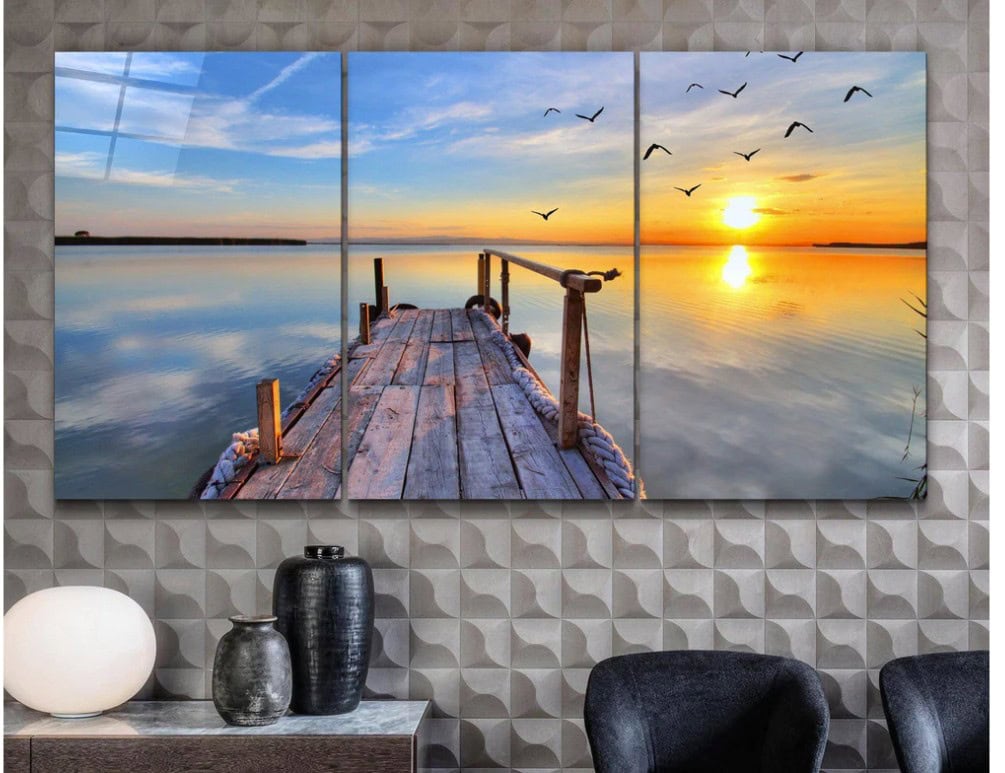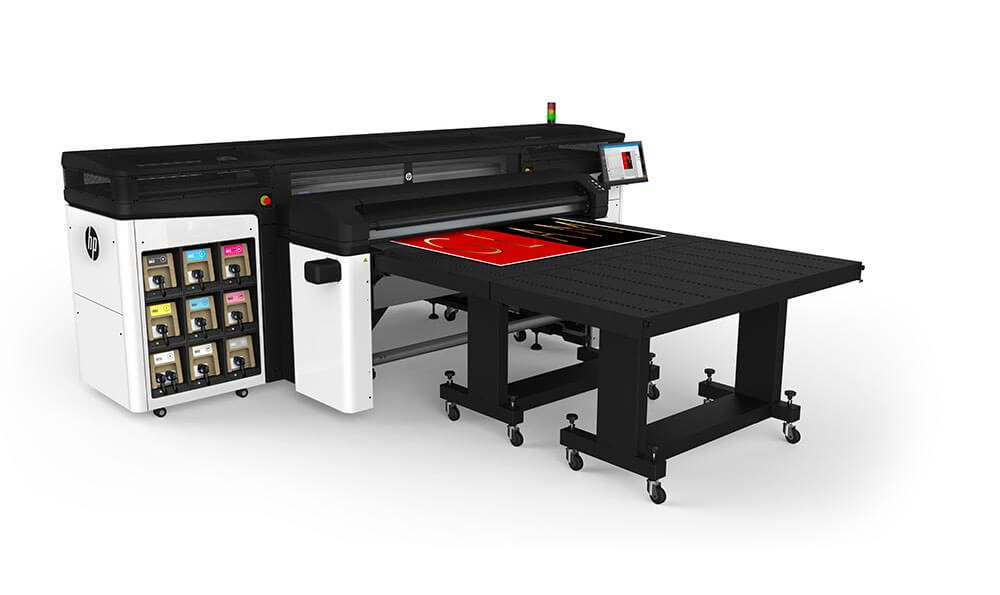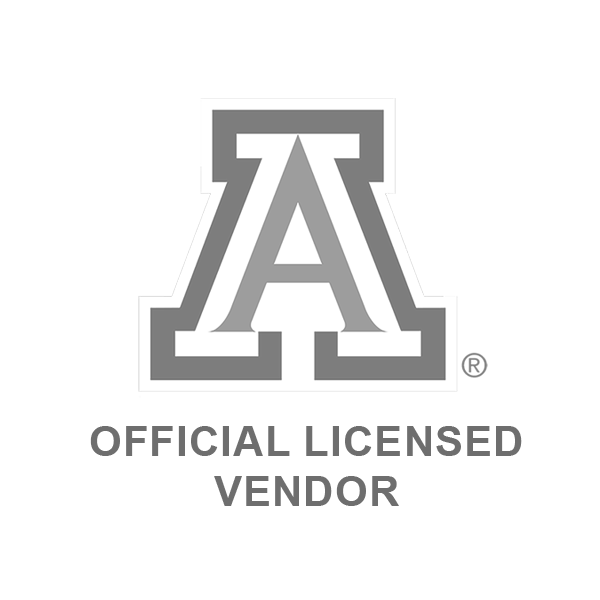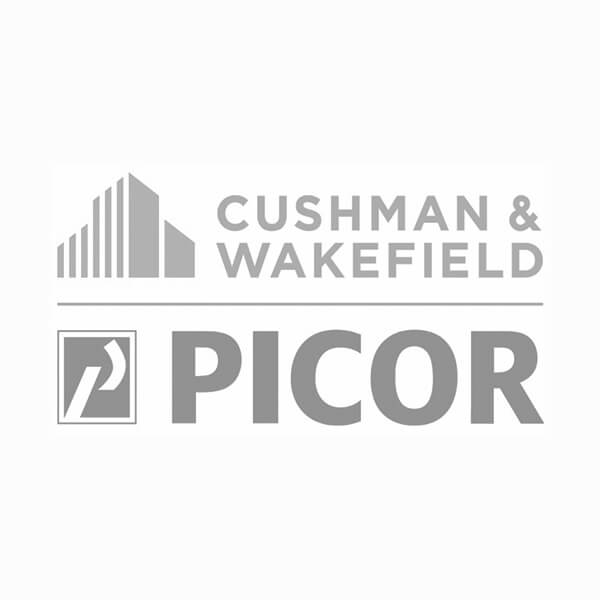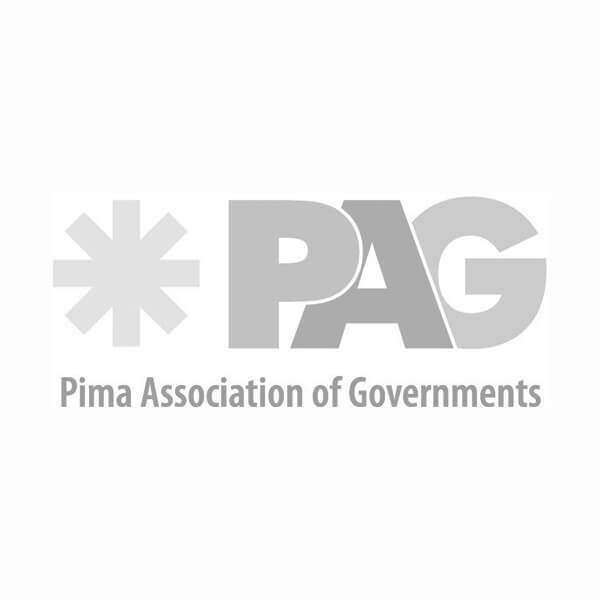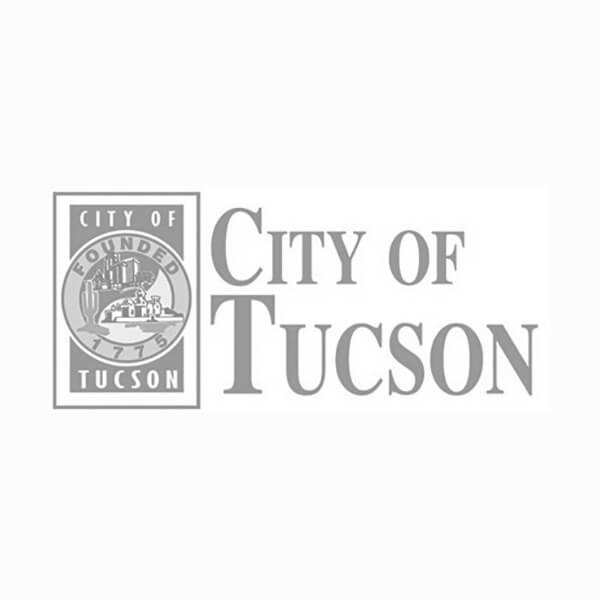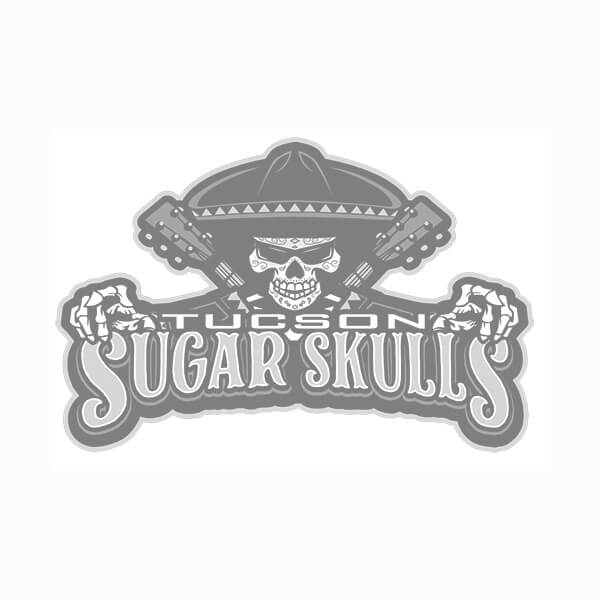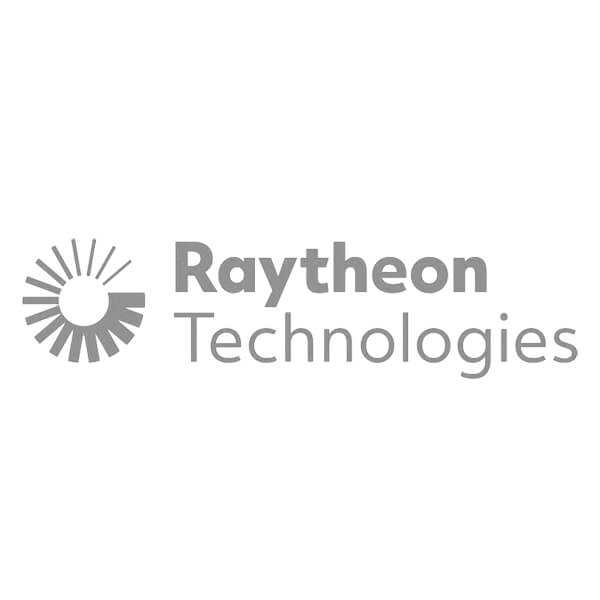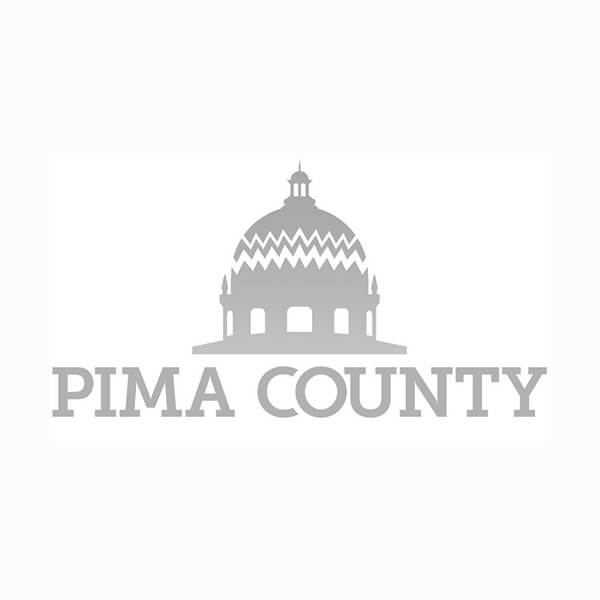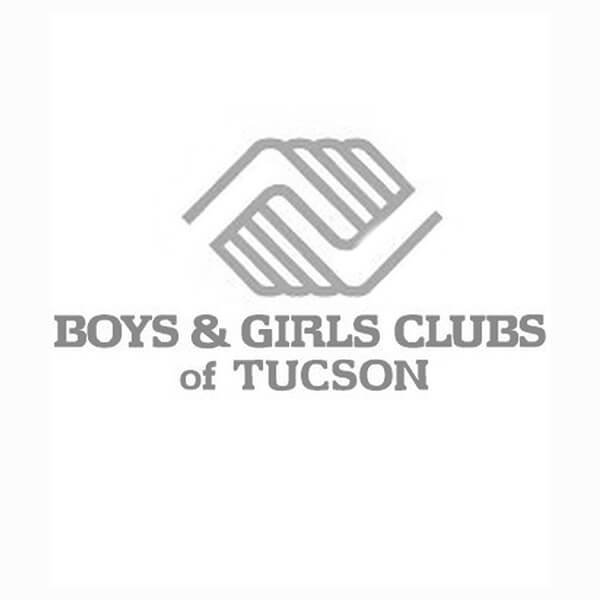GRAPHIC IMPACT
Latex Printing | Direct to Material | White Ink.
www.graphic-impact.com
by Graphic Impact – Where Innovation Meets Impressions
Flatbed printing has revolutionized the way businesses approach signage, custom displays, and large-format prints. As a digital printing technique, it uses a flat surface—or “bed”—to hold materials in place while printing directly onto them. This allows for printing on a wide range of rigid and flexible substrates that were traditionally difficult to handle with standard roll-fed printers.
What Is Flatbed Printing?
Flatbed printing is a digital process that eliminates the need for traditional printing plates and long setup times. Materials such as wood, metal, acrylic, glass, foam board, and even ceramics can be printed on with exceptional accuracy. The printer’s head moves over the stationary material, applying UV-curable ink that is instantly cured under ultraviolet light. This makes the finished product dry, durable, and ready for immediate use or further processing.
Speed and Efficiency
One of the most notable benefits of flatbed printing is its speed. Traditional screen printing or vinyl application involves multiple steps and drying times, but flatbed printing allows for rapid, direct application of high-resolution images onto nearly any surface. This not only shortens production cycles but also allows for quicker turnaround times, which is crucial for businesses working under tight deadlines or managing multiple orders at once.
Because materials don’t need to be mounted or aligned manually, flatbed printing also reduces setup time and operator intervention, contributing to a more streamlined and consistent workflow.
Versatility Across Materials
Flatbed printers are designed to handle a wide variety of substrates. This flexibility makes them perfect for industries like retail, hospitality, real estate, and event planning—anywhere custom signage or display materials are required. Whether you're printing on glass for high-end décor, metal for durable signage, or foam board for lightweight displays, flatbed printing offers unmatched adaptability.
It also supports varying material thicknesses, sometimes up to several inches, allowing for printing on items like doors, panels, or assembled furniture parts. This opens up creative possibilities that other printing methods simply can’t accommodate.
Cost-Effectiveness
Flatbed printing’s ability to print directly onto the final substrate eliminates the need for secondary processes such as mounting or laminating, reducing material costs and labor expenses. Additionally, because there's minimal setup and waste, businesses can save significantly on short-run projects or one-off pieces that would be cost-prohibitive with other printing methods.
The UV inks used in flatbed printing are also more durable and fade-resistant than many solvent-based inks, which means the final product has a longer lifespan—saving customers money and reducing the need for frequent reprints.
High-Quality and Durable Output
Flatbed printers are capable of achieving stunning image clarity, with resolutions often exceeding 1000 dpi. This results in sharp lines, vibrant colors, and precise gradients that are essential for brand consistency and professional presentation. Whether you're printing fine text or large graphics, flatbed printing delivers superior quality.
UV-cured inks provide excellent adhesion and resistance to moisture, sunlight, and abrasions, making the prints suitable for both indoor and outdoor use. From retail point-of-purchase displays to durable industrial labels, flatbed printing meets the demands of a wide variety of environments.
Eco-Friendly Benefits
Another advantage of flatbed printing is its eco-friendliness. Because it uses UV inks that cure instantly without emitting harmful solvents into the air, it’s a greener alternative to many traditional printing methods. The ability to print directly onto substrates also reduces the need for additional materials like adhesives or laminates, which helps cut down on waste.
Many manufacturers of flatbed printers are also incorporating energy-efficient designs and recyclable ink cartridges, further enhancing the sustainability of the printing process.
Ideal Applications for Flatbed Printing
Flatbed printing is suitable for a wide array of applications. Some popular uses include:
- Custom signage (indoor and outdoor)
- Retail POP (Point of Purchase) displays
- Trade show graphics and backdrops
- Decorative panels and wall art
- Directional and wayfinding signage
- Event graphics
- Promotional products and gifts
It is especially valuable when personalization, limited quantities, or high visual impact are required.
Why Choose Flatbed Printing for Your Business?
If your business values speed, quality, and flexibility, flatbed printing provides a competitive advantage. With its ability to produce professional results on a wide variety of materials, it empowers companies to bring creative concepts to life quickly and cost-effectively. Whether you're a designer, marketing professional, or retail manager, flatbed printing enables you to create eye-catching and durable graphics that stand out from the competition.
At Graphic Impact, we offer flatbed printing services in-house using state-of-the-art equipment to ensure fast turnaround times and exceptional quality on every project. Whether you need a single custom sign or a full suite of promotional materials, our team is here to help you succeed.
Let’s Get Started
Need help choosing the right material or designing your next project? Contact us today or stop by our Tucson location to see samples and talk to our experts. We’re ready to show you how flatbed printing can work for you—on time, on budget, and with outstanding results.
